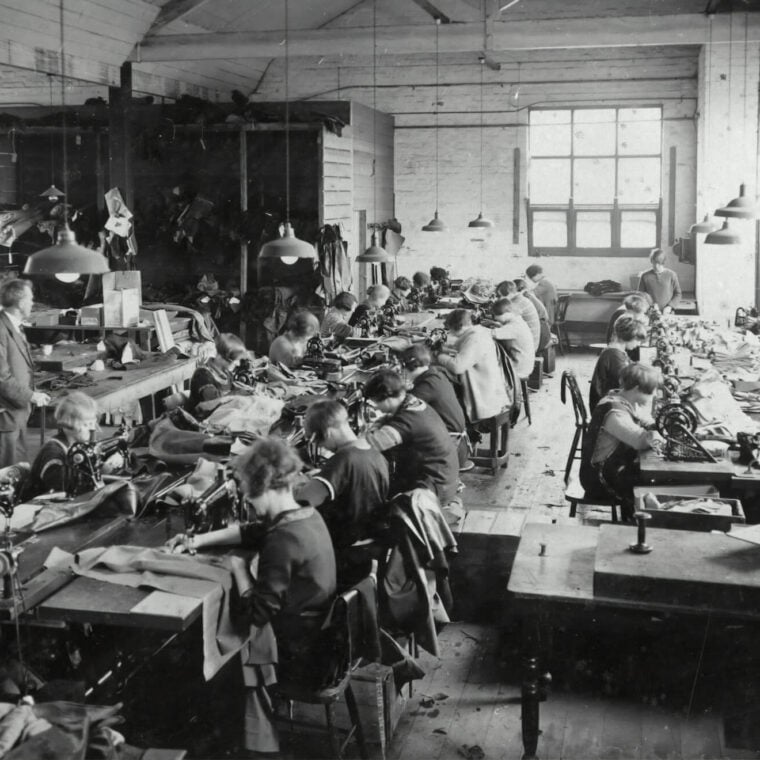A clothing factory is an industrial facility where garments are produced through a series of processes. These processes typically include designing, cutting, sewing, finishing, and quality control. Here is a detailed breakdown of what happens in a clothing factory:
- Designing: This initial stage involves creating the patterns and blueprints for the garments. Designers sketch the designs and use software such as CAD to develop the patterns that will be used to cut the fabric.
- Fabric Sourcing and Inspection: The factory sources various types of fabrics and materials. These fabrics are inspected for quality, consistency, and any defects before they are used in production. Some clothing factory are vertically integrated to manufacture clothing fabric with in the factory premises therefore these large factories also contain Yarn mill, Dyeing and processing units.
- Pattern Making and Grading: Pattern makers create the templates for each part of the garment. These patterns are graded to different sizes to cater to a variety of body types.
- Cutting: The fabric is laid out and cut according to the patterns. This can be done manually or with automated cutting machines. Precision in cutting is crucial to ensure the pieces fit together correctly.
- Sewing and Assembling: The cut pieces are sewn together by skilled workers using industrial sewing machines. This process includes attaching various components like zippers, buttons, and linings. Depending on the complexity of the garment, it may go through several stages of sewing.
- Finishing: After sewing, garments go through finishing processes which may include adding details such as embroidery or screen printing, hemming, and applying labels. The garments are also ironed or steamed to remove any wrinkles.
- Quality Control: Each garment is inspected to ensure it meets quality standards. This includes checking for proper stitching, correct sizing, and overall appearance. Defective items are either fixed or discarded.
- Packaging and Shipping: Once the garments pass quality control, they are folded, packed, and prepared for shipment. The packaging process ensures that the garments remain in good condition during transit.
- Distribution: Finally, the finished products are exported / distributed to retailers or directly to customers. This can involve logistics and coordination to ensure timely delivery.
Throughout these stages, a clothing factory may employ a wide range of workers, including designers, pattern makers, cutters, sewers, merchandiers, quality inspectors, and logistics personnel. The use of technology and automation can vary significantly depending on the size and specialization of the factory.

